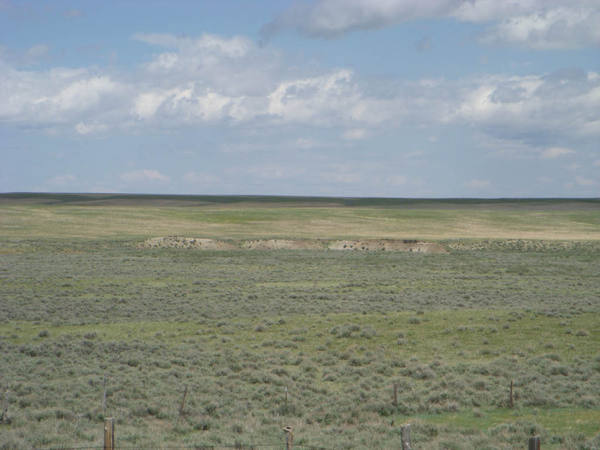
A small unit can be a couple thousand dollars but larger fully automated units can reach around $100,000. The other issue that Putnam points out is that buying these hydroponic containers is expensive. “The key issue is whether or not it’s the best economic choice for a grower and also whether or not there are some negatives associated with it.” “The animals seem to relish it and from that perspective there’s nothing particularly wrong with it,” says Putnam.

At that point he says there is less dry matter in the sprout then the seed itself.

When he dried some sprouts he found they were mostly moisture. He’s saying it doesn’t have as much nutritional value. “And if you really apply a little bit of economics to it and animal nutrition to it, it doesn’t appear as quite as promising as one might think.” “The margins are pretty slim and if you’re looking at it from an animal production point of view you want to minimize your costs,” Putnam says. Valley Public Radio Sprouting seeds isn't a popular method for growing feed for livestock, but farmers like Mario Daccarett think that will change in time. Inside each 10 by 20 foot shipping container are five horizontal rows of shallow black trays. “You can produce a tremendous amount of feed in a very, very small area with a very little amount of water.”ĭaccarett’s nephew Jose Quiñonez is showing me how the growing process works. “I think that’s a big advantage if you don’t have a lot of land,” says Daccarett.

By doing so he says he only uses two percent of the water it would take to grow the crop using traditional farming methods. Growing barley as feed isn’t anything new, but Daccarett sprouts barley seeds inside shipping containers using hydroponic technology and indoor lighting. He feeds his sheep one part oats and hay and one part sprouted barley. “So whatever we plant today in six days will be ready to be fed.” “We plant every day and we harvest every day and it takes six days to complete the cycle,” Daccarett says. "If you don't have a lot of land you can produce a tremendous amount of feed in a very, very small area with a very little amount of water." - Mario Daccarett


 0 kommentar(er)
0 kommentar(er)
